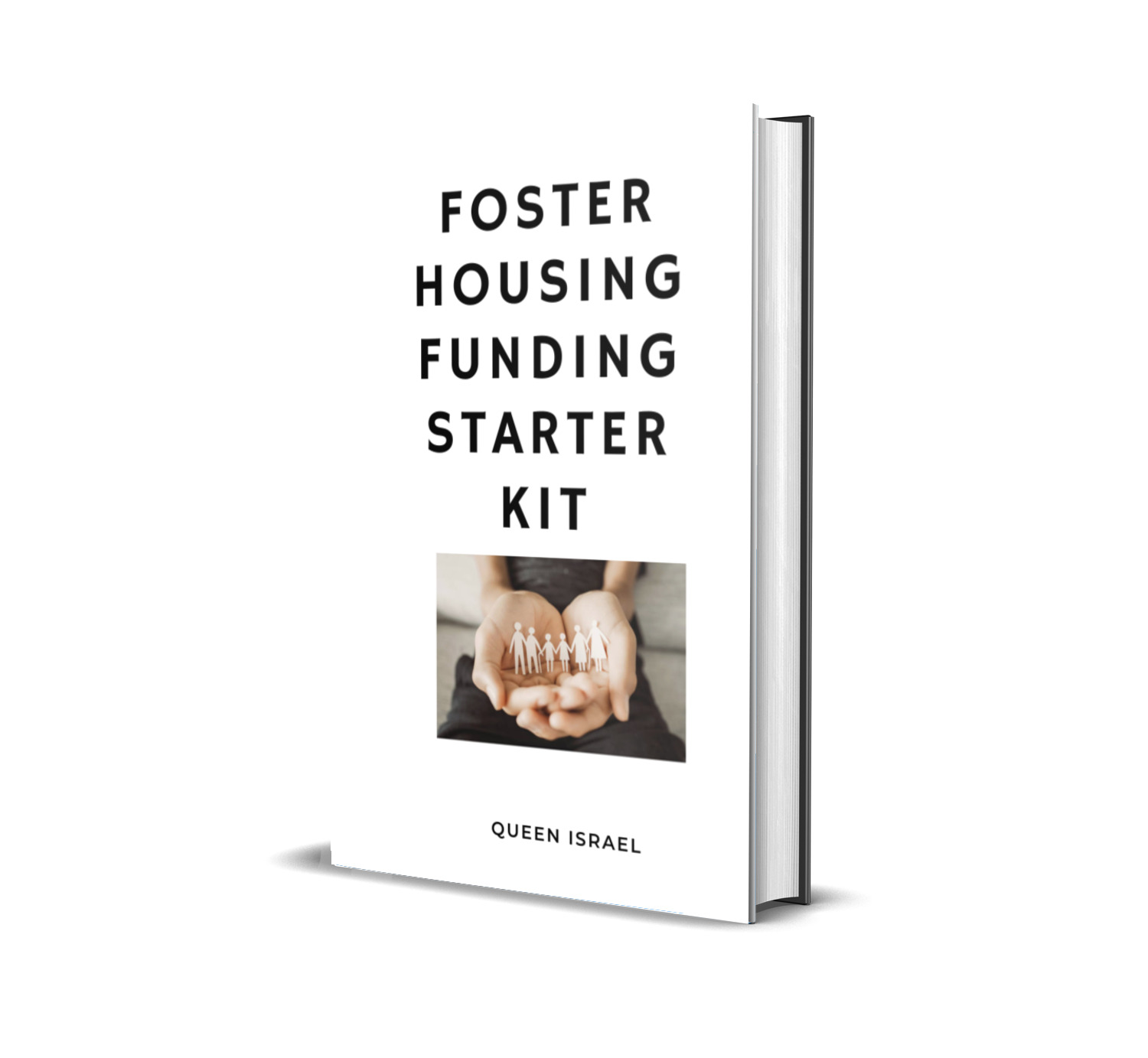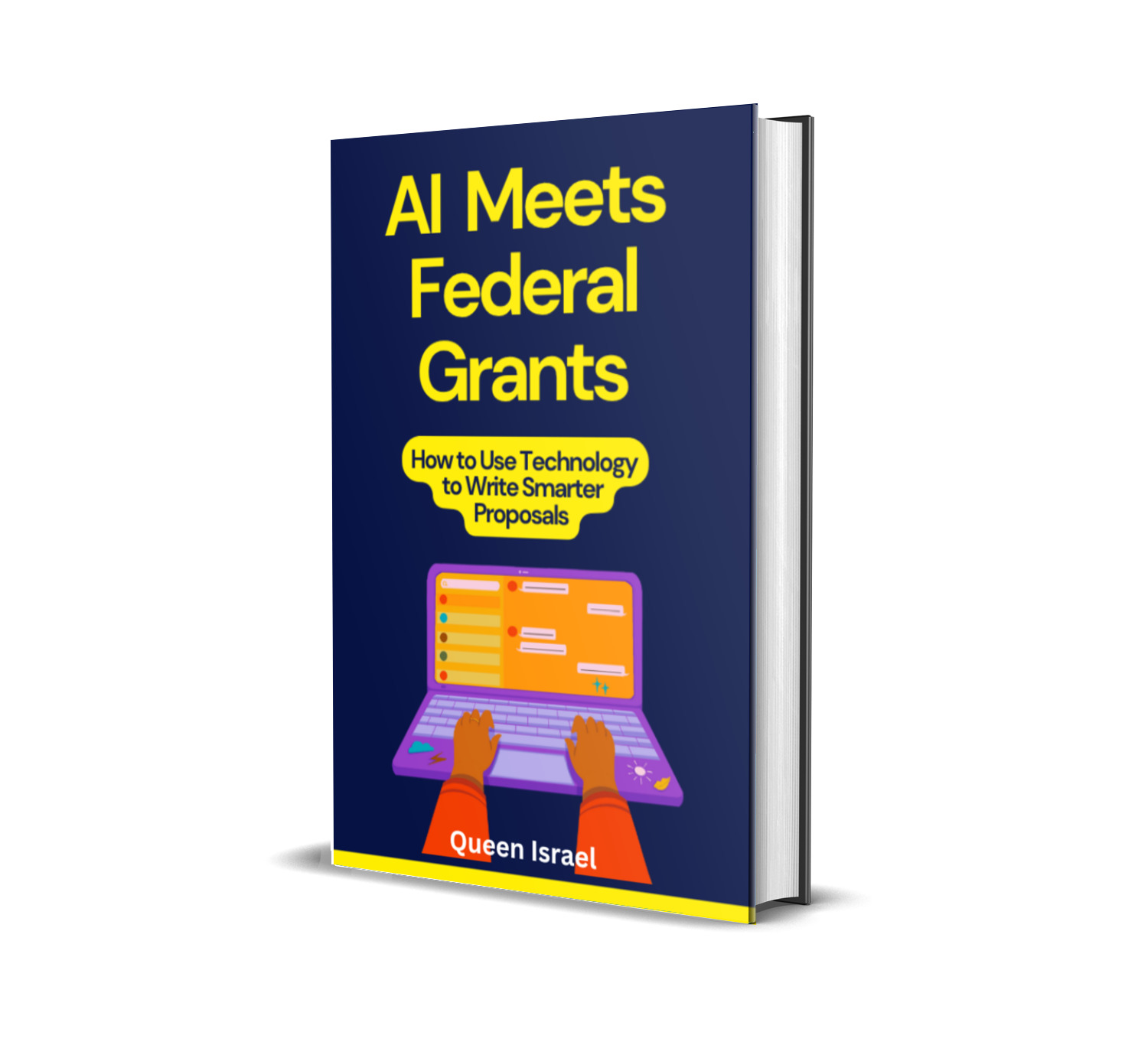Applying for a grant can feel like a mountain climb—daunting at first, but rewarding when you reach the summit. But here’s the secret: understanding grant eligibility requirements is the trail map that guides you to success. Without it, you’re wandering in the dark, hoping to stumble upon funding.
Let’s shed light on what funders expect so you can walk confidently into your next grant application.
Quick Fact:
According to the National Grants Management Association (NGMA), 60% of grant applications are disqualified at the eligibility stage because applicants fail to meet basic requirements. Don’t let this be you!
What Are Grant Eligibility Requirements and Why Do They Matter?
Imagine this: You’re at the door of a grand party, but the bouncer stops you and says, “Your name isn’t on the list.” That’s exactly what happens when you skip over the eligibility criteria in a grant application.
Eligibility requirements are the funders’ checklist to ensure applicants align with their mission, priorities, and legal stipulations.
Pro Tip: The better you match their requirements, the higher your chances of being funded.
1. Who Can Apply?
a) Organizational Type
Funders usually specify who can apply. Common categories include:
- Nonprofits (501(c)(3))
Most grants prioritize nonprofits registered with the IRS.
Example: “Applicants must be a 501(c)(3) organization with a proven track record in community development.” - Educational Institutions
Schools, colleges, and universities often qualify for government and private grants. - Small Businesses
Certain grants support startups or businesses in specific industries, like technology or agriculture. - Individuals
Rare but possible! Many artistic or research grants welcome individual applicants.
Pro Tip:
Check whether your organization fits the funder’s criteria. If unsure, email them or consult their FAQ section.
2. Geographic Focus
Funders often prioritize projects within specific regions. For instance:
- National Grants
Open to all eligible applicants across the country.
Example: Federal funding programs like the Community Development Block Grant (CDBG). - State or Local Grants
Target nonprofits or businesses within a defined area.
Example: “Applicants must operate in South Carolina to qualify.”
3. Mission Alignment
This is where funders evaluate whether your project matches their purpose.
Examples of common mission priorities:
- Education: Improving literacy rates, STEM education for girls, etc.
- Health: Advancing mental health initiatives or combatting diseases.
- Social Justice: Promoting equity and inclusion for underserved populations.
Stat Spotlight
Over 80% of funders disqualify applications that don’t align with their stated mission. Before applying, read their “About Us” or “What We Fund” page.
4. Program Type and Focus
Grant programs are often tailored to specific needs, such as:
- Capital Projects: Building facilities or infrastructure.
- Operating Costs: Funding day-to-day expenses like salaries and rent.
- Programmatic Grants: Supporting a specific initiative or program.
- Seed Funding: For startups or new initiatives.
Pro Tip: If your need doesn’t fit their funding type, save your energy and move on to the next opportunity.
5. Financial Stability
Funders want reassurance that their money will be used responsibly. Common financial requirements include:
- Budget Transparency
Applicants must provide detailed budgets showing how funds will be spent.
Example: “Submit a proposed budget detailing personnel costs, materials, and administrative fees.” - Audit Reports
Many grants require a copy of your organization’s most recent audited financial statements. - Matching Funds
Some funders require applicants to contribute a percentage of the total cost.
Example: “Applicants must provide a 25% funding match.”
6. Timeline and Readiness
Grantmakers often ask about your project timeline. Here’s what they look for:
- Start and End Dates
Does your project align with the funder’s timeline?
Example: “Projects must begin by July 1, 2024, and be completed within 12 months.” - Project Readiness
Funders prefer applicants who have a solid plan in place.
Example: “Submit a timeline outlining major milestones and deadlines.”
7. Partnerships and Collaborations
Collaboration shows funders that your project has community support. Many grant applications require:
- Letters of Support
Testimonials from partners or stakeholders endorsing your project. - Collaboration Details
Describe how you’ll work with other organizations to achieve goals.
Example: “Outline the roles of all partners involved in the project.”
8. Reporting Requirements
Grants often come with strings attached—namely, reporting obligations. These may include:
- Quarterly or Annual Reports
Detailing how funds were spent and the outcomes achieved. - Performance Metrics
Data showing progress toward your project goals.
Stat Spotlight:
Noncompliance with reporting requirements is the second most common reason grantees lose funding. Stay organized!
9. Documentation Checklist
Many applications fail because required documents are missing. Commonly requested items include:
- IRS Determination Letter (for nonprofits).
- Project Budget.
- Organizational Chart.
- Tax Returns or Audit Reports.
Pro Tip: Create a digital folder for each grant application. Use a checklist to ensure all documents are included before submission.
10. Common Pitfalls to Avoid
- Not Reading Instructions Carefully
Even small errors, like exceeding the word limit, can disqualify your application. - Ignoring Eligibility Updates
Funders occasionally update their requirements. Double-check before submitting. - Overlooking Deadlines
Late submissions are rarely accepted. Set reminders to stay on track.
Helpful Resources
Websites to Explore Grants:
Key Statistics:
- The average nonprofit spends 80 hours preparing a single grant proposal (Source: Grants Professional Association).
- Over 40% of grant seekers apply to opportunities they are not eligible for, wasting time and resources (Source: Chronicle of Philanthropy).
Take Action Now
Mastering grant eligibility requirements is the first step toward securing funding. By understanding the rules and aligning your project with funder priorities, you set yourself up for success.
Ready to enhance your grant writing success rate?
Subscribe to the Grant Writing Academy Newsletter today! Get exclusive tips, strategies, templates, and tools to make your grant applications shine. Click here to subscribe now!
Don’t let missed details cost you funding. Take charge of your grant writing journey and achieve your funding dreams!
Additional Resources and Support:
a) Expand Your Knowledge
The grant writing field is always evolving. Keep learning and improving your skills to stay competitive.
Recommended Resources:
- Request for Proposal Success: How to Write Proposals That Win: Learn the techniques and strategies to create standout proposals.
- Tech Startup Funding Secrets: Navigating Grants for Maximum Growth: Perfect for those in the tech sector looking to leverage grants for scaling.
- Grant Proposal Guide for Environmental Projects: Tailored for environmental initiatives seeking to secure impactful funding.
- The Ultimate Guide to Federal Grant Applications: Techniques for Success: Master the complexities of federal grants with actionable insights.
Explore More Books Here
b) Invest in Expert Guidance
Want to fast-track your growth and achieve even more success?
Join one of our mentorship programs for tailored advice and support:
Mentorship Programs:
- 3-Month Mentorship: The Foundation Builder: A short-term plan to refine your grant writing skills and win your first (or next) grant.
- 6-Month Mentorship: The Proposal Pro: Dive deeper into strategies, proposal reviews, and funding plans.
- 1-Year Mentorship: The Funding Champion: Build long-term success with comprehensive guidance, unlimited reviews, and exclusive resources.
c) Book a One-on-One Consultation
Sometimes you just need personalized advice to tackle challenges or fine-tune your strategy. Let’s work together to solve your unique grant writing challenges.
Book a Consultation Call Here






